Locks I have known…and pwned
I’ve been doing lockpicking as a “sport” since about March of this year. Back when I lived in Austin, I got a cheap lockpicking set and played around with picking the locks on the house I lived in. I’m not exactly sure what drove me to start doing that again, but, I gotta say, it’s a lot of fun (not to mention a great way to keep your hands busy when you’re in a meeting - needless to say, I work remotely).
I mainly worked through the Reddit belt ranking system, which is a good way to find easier locks to start with and slowly increase the difficulty as you go. I used a lot of resources in learning, mostly on youtube, which I’ll talk about in a later blog post.
Lingo
There’s a lot of jargon associated with this stuff, as in all such things. Here’s a few I’ll be using:
- Single pin picking (SPP) vs. Raking - there’s a pretty good explanation of this here. Basically, the stuff you see in the movies is SPP, usually. Raking is faster, but less reliable.
- Different pin types - the pins that make contact with the key, colored red in this illustration. “Standard” pins are normal, cylindrical pins. Some locks have so-called security pins, which are designed to make picking more difficult, including spool and serrated pins.
- Bottom-of-keyway (BOK) vs. top-of-keyway (TOK) tension - where you put your tension wrench, either at the bottom or at the top. There are tradeoffs for each. There’s a pretty decent description here, although I disagree with their assessment of the pros/cons
Tools I Like
I tend to like Peterson tools because, well, I’ve got big, clumsy hands, and they have a very nice handle which is easier for me to grip. I also, in particular, like the Peterson hook 1, because it has this nice flat area that makes lifting pins really easy. I tend to use what’s probably considered a lot of tension, so I like using the wrenches with a twist in the handle. I tend to start with single-pin picking (SPP) rather than raking (see here for an explanation of the difference), because, well, it’s more fun. I also favor bottom-of-keyway (BOK) tension over top-of-keyway (TOK), because I find that I actually prefer having my pick closer to the pins when picking (there are exceptions, though, especially with tighter keyways or locks with the short rear pins followed by longer pins).
I’ll list the locks that follow in more-or-less order of easiest to hardest.
Padlocks
Master Lock #3
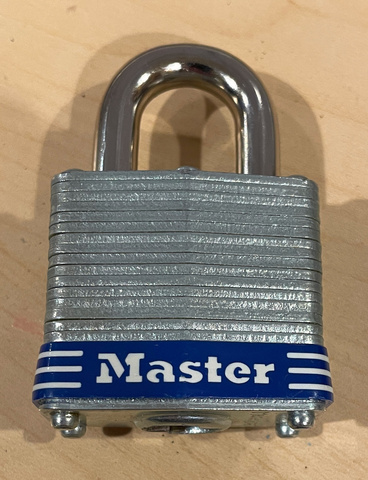
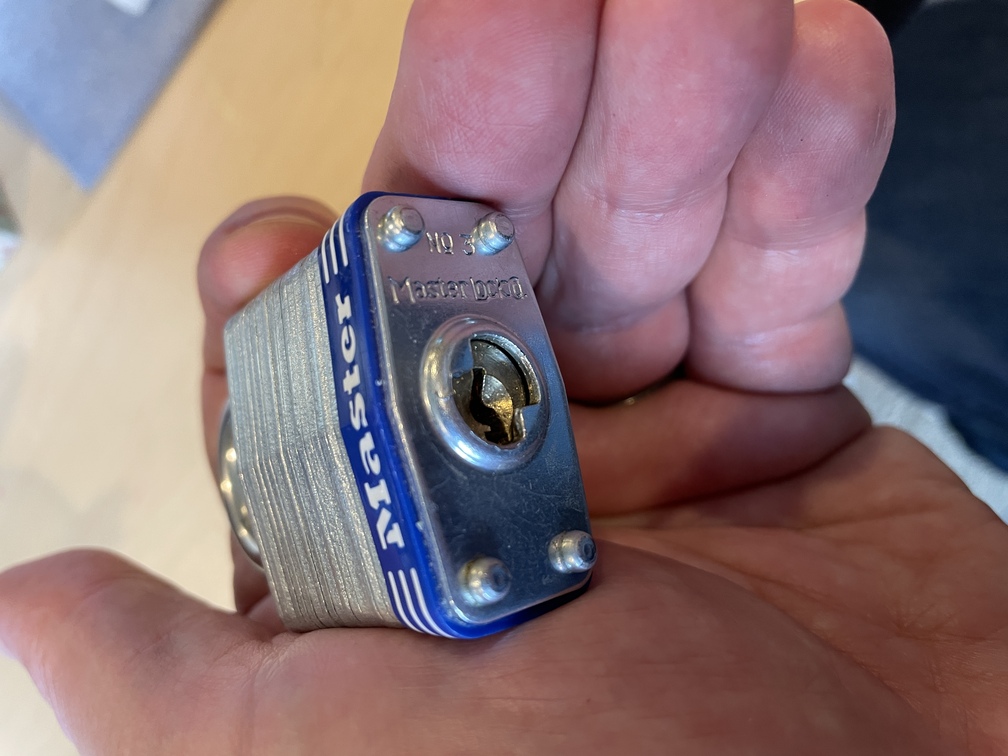
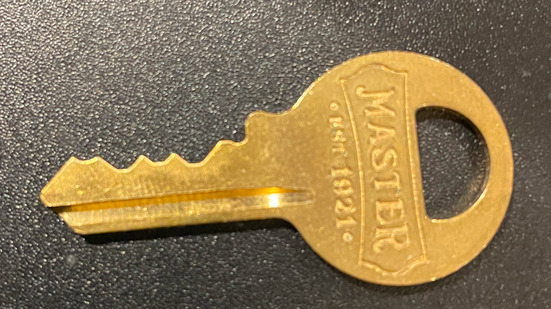
This is the classic Master lock people had on their school gym lockers back in the day (or, at least, back in my day). It’s got 4 pins, all standard. As you can see from the key, the pin depths are all pretty much the same, so raking this is really easy, as is SPP. The only slightly challenging thing about this lock is that the cylinder is spring-loaded, so that it pushes against your tension while you’re picking. What this means in practice is you can have picked it open, and not know it unless you happen to put more tension and feel it rotate. Not terrible, but occasionally annoying.
Master Lock 140
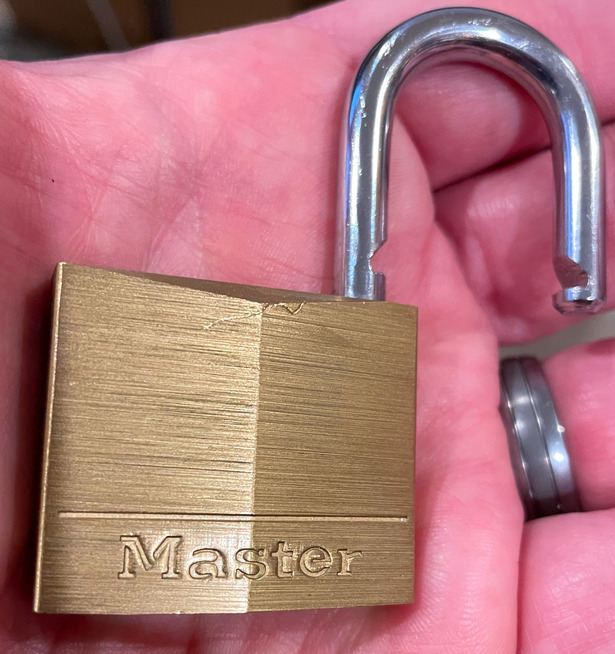
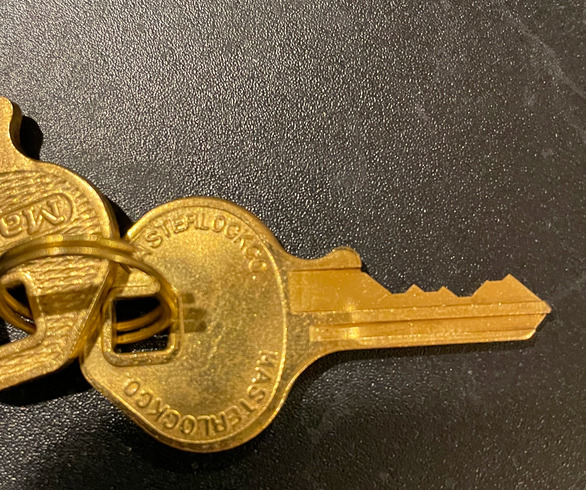
This…is just a terrible lock. Cheaply made, the variation in pin lengths is laughable because of such a tiny key. It’s like they took one of those tiny suitcase locks and made it slightly bigger.
It pretty much rakes open the moment you push the rake in. SPP is challenging only because the keyway is so small (I usually end up TOK-ing it), and because the construction is so cheap it’s hard to tell when the pin sets because just raising the pins causes vibration from, I’m guessing, the badly made cylinder.
Hate this lock.
Master Lock 930
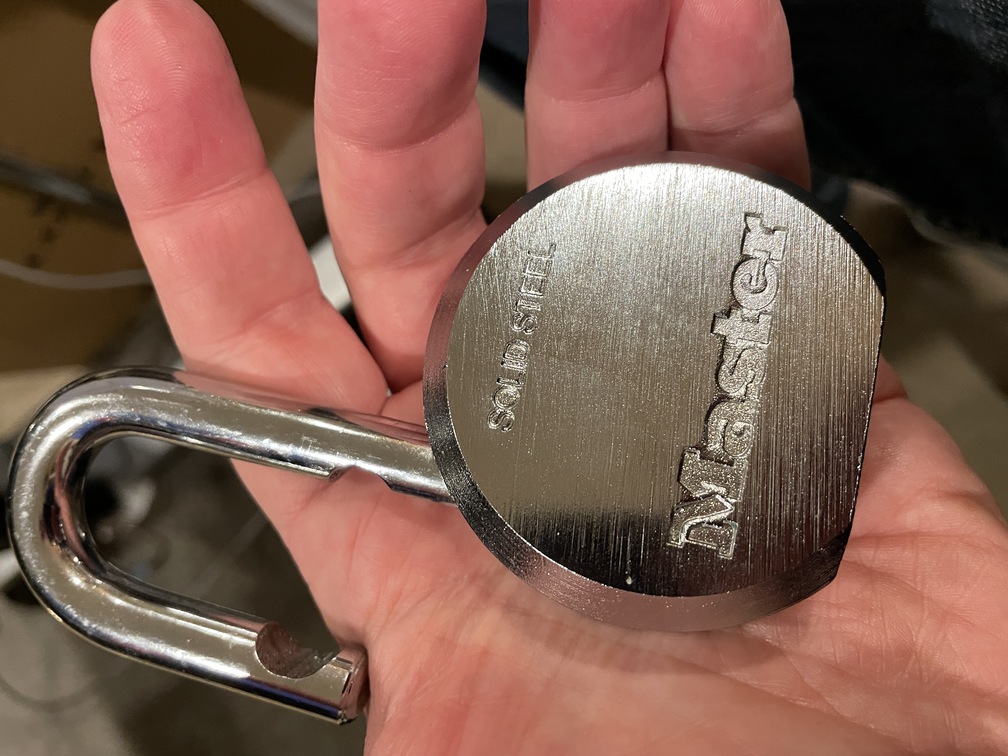
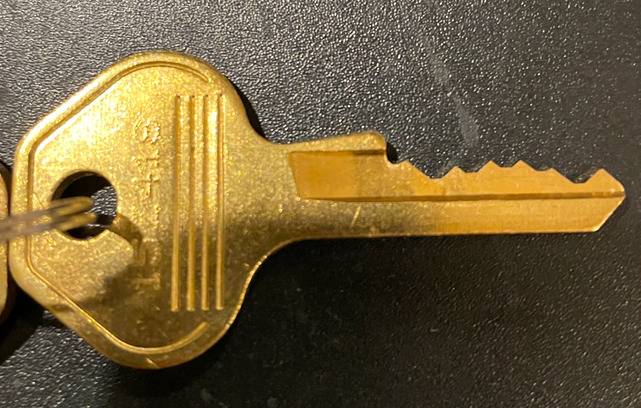
Another terrible lock from Master Lock. The only thing this has going for it is that you’d need a small thermonuclear device to crack it open. The shackle (the curved part you attach to whatever you’re trying to lock) sits loose in the lock even when locked securely. When you unlock it, it doesn’t pop open like most locks, you have to push the shackle open. The spring loading in the cylinder is so severe that even with the key it’s hard to unlock. The pins feel cheaply made. Just…terrible.
It’s got five pins, all standard, and picking it is easy (aside from having to deal with the spring loaded cylinder, which is loads of fun with a tension wrench), and so is raking it, so…it’s just really not a good lock. If you want to have fun picking a lock…don’t get this one.
Master Lock Magnum
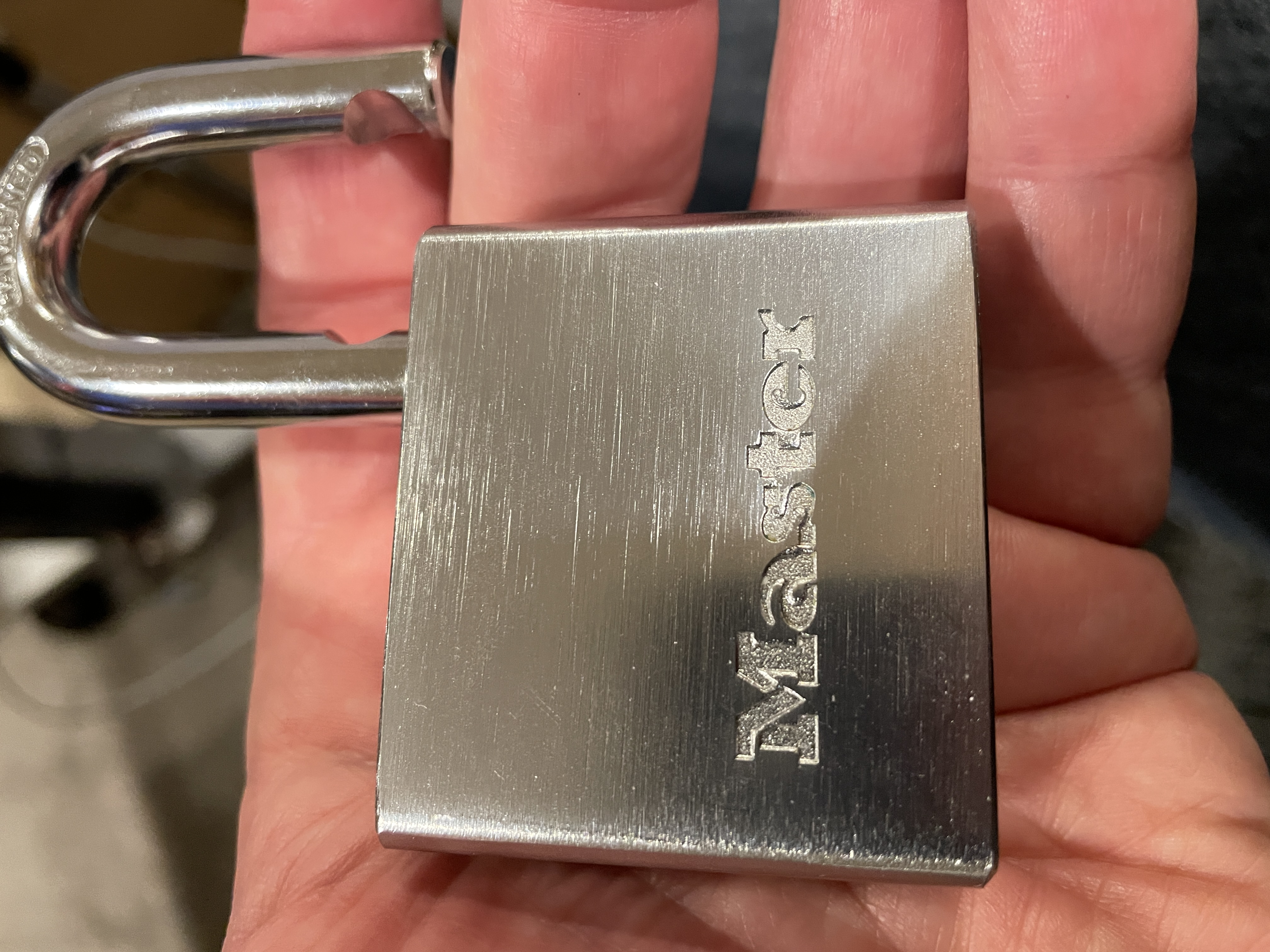
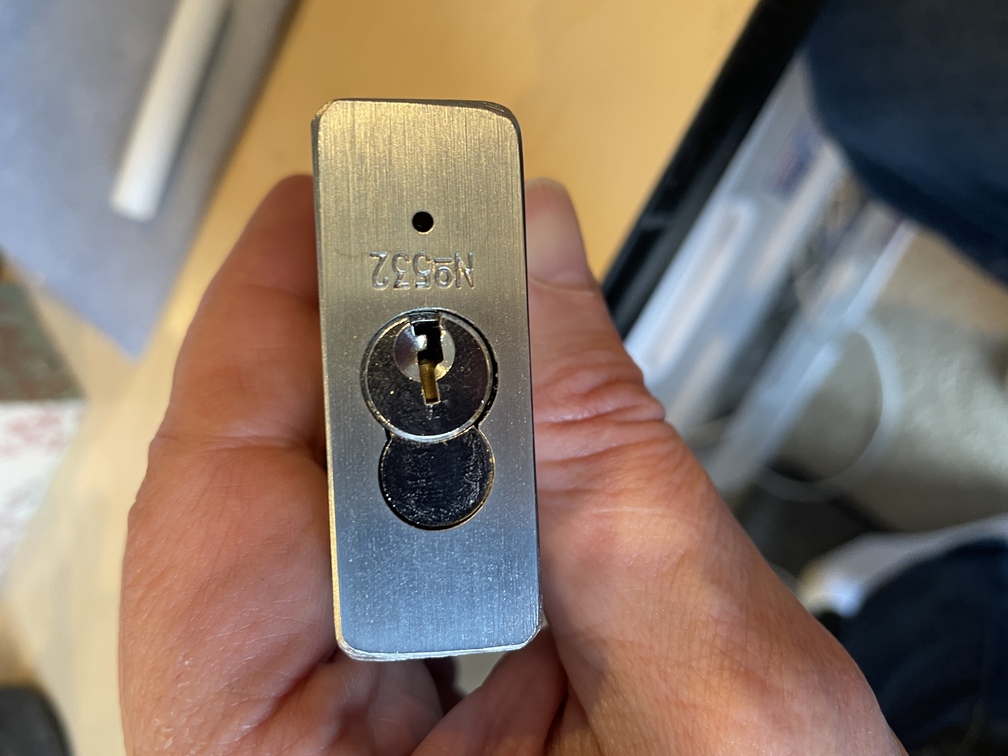
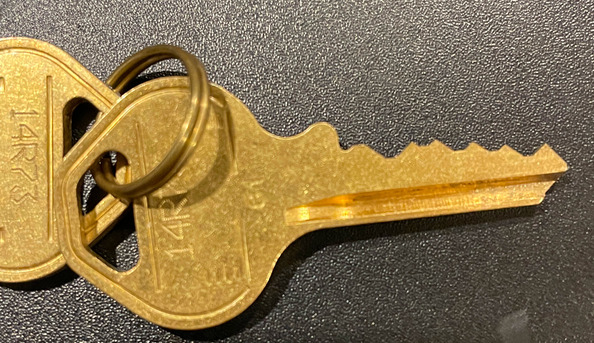
This is a considerably better lock from Master. Feels like a bit of a knockoff of the Abus Titalium (and that’s by no means an insult). Well built, five pins with at least one spool and possibly one serrated pin. Pretty easy to SPP, as long as you’re relatively careful. Raking is hit-or-miss, mostly because of the spool pin(s).
Master Lock 532
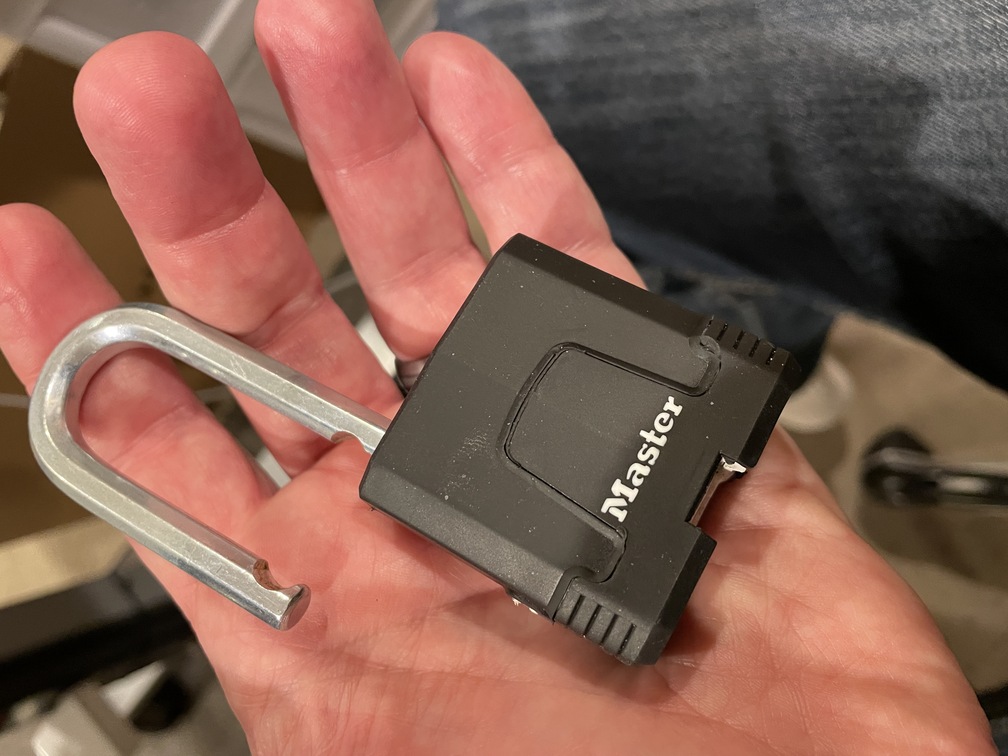
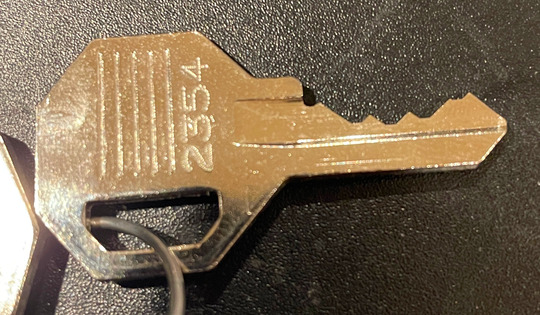
Another lock from Master, pretty nice, but I’m not sure why this is considered harder to pick than, say, the Magnum. It’s only got 4 standard pins, so picking it’s pretty easy. The only challenge with this one is the bitting - see the key? That last pin, there at the end of the key, is significantly higher than the others, which means it’s really easy, in SPP, to overset the pin ahead of it when you’re going for that pin. It also makes raking difficult (but not impossible). Anyway, a pretty nice lock, but I’d rate it less difficult than the Magnum, not more so.
Brinks 40mm
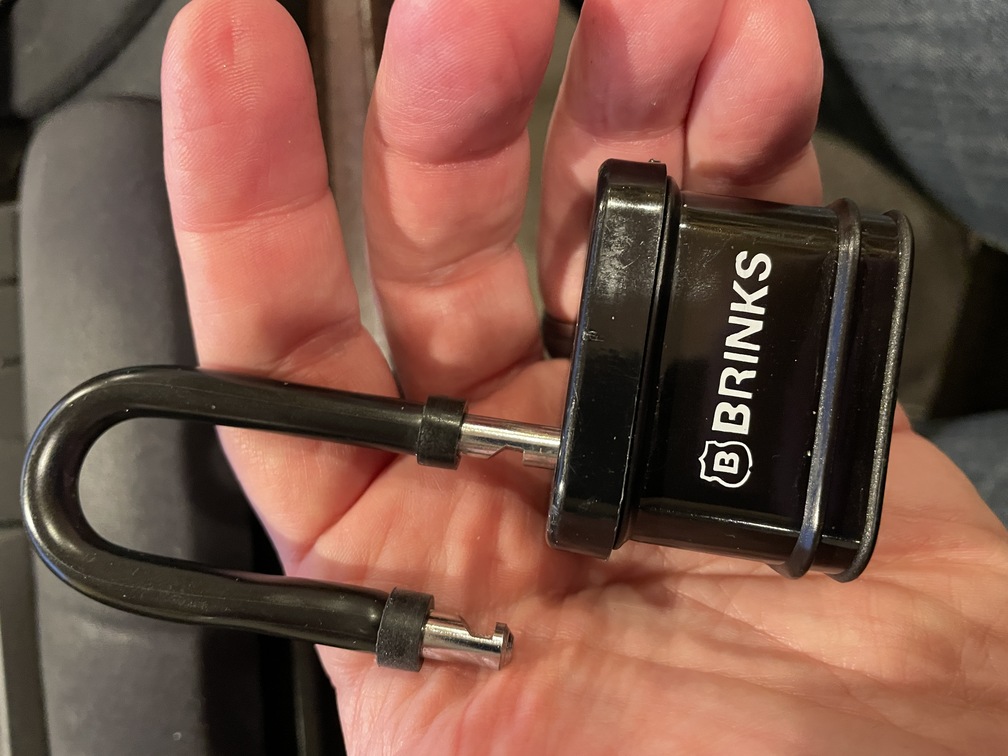
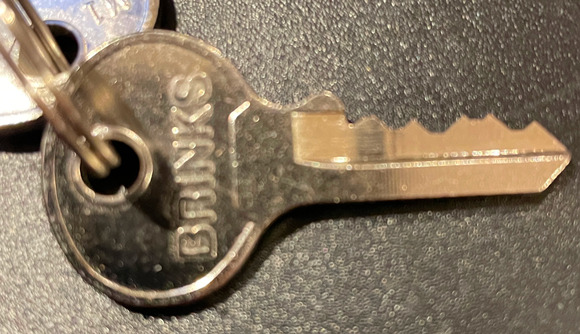
Another hardware store purchase - four pins with one spool and at least one (what feels like) serrated pin. SPP’s nicely, and also pretty easy to rake, probably because of the even pinning depth.
Brinks 50mm
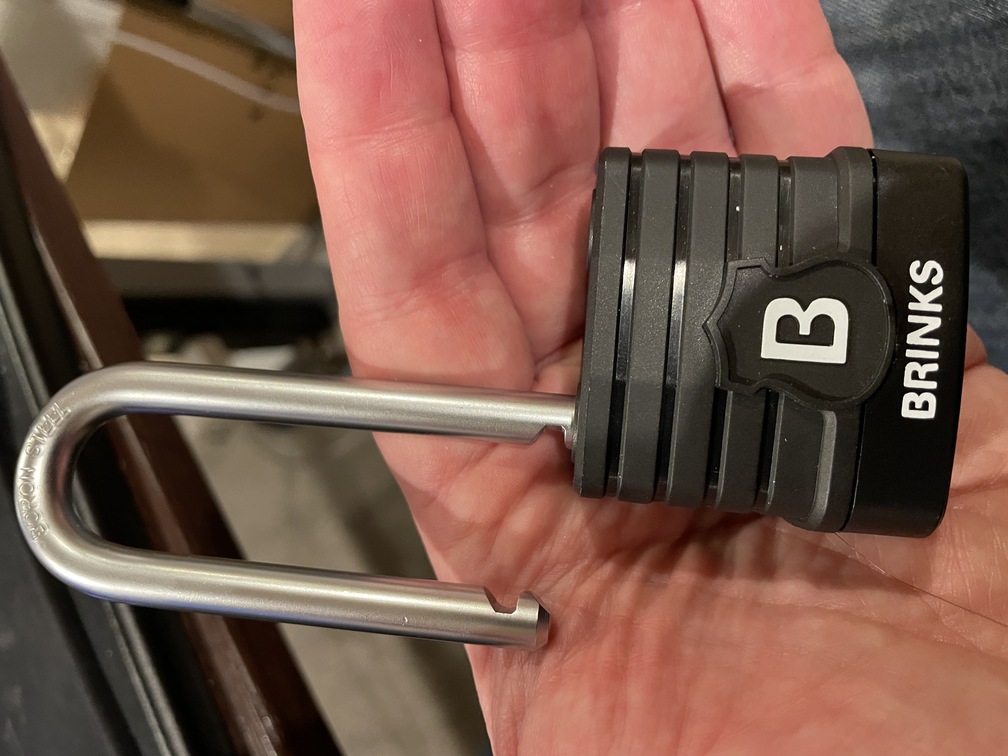
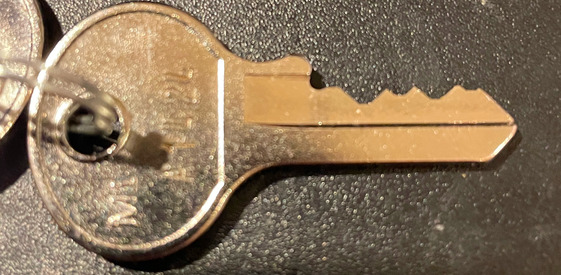
Yet another hardware store purchase - four standard pins. Easy-peasy.
Ace Hardware 40mm
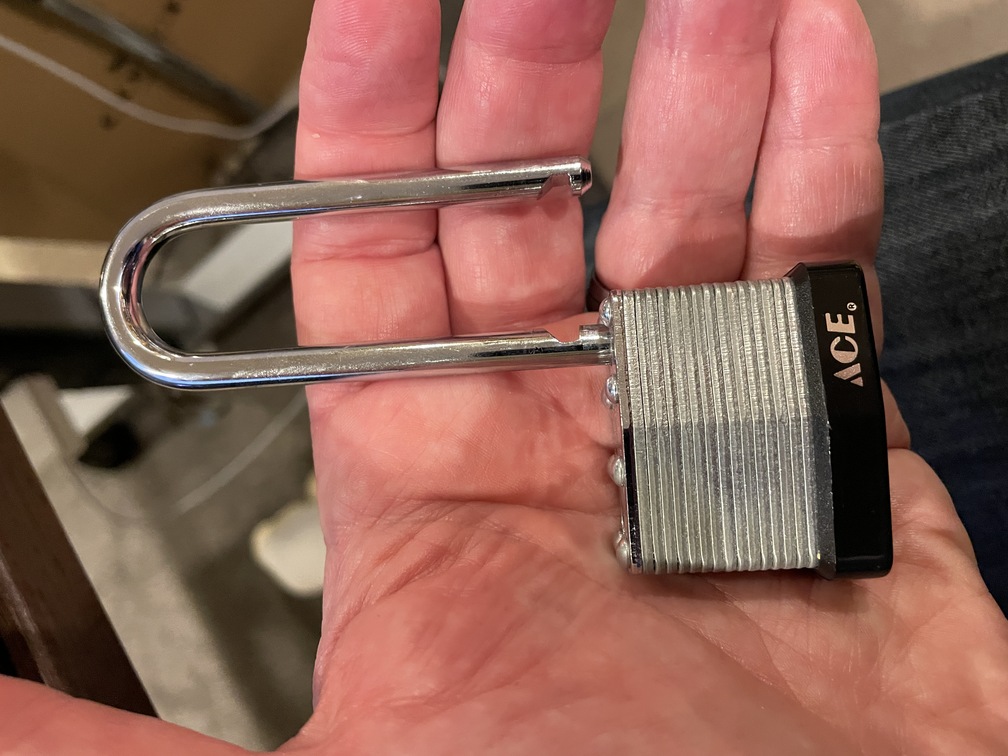
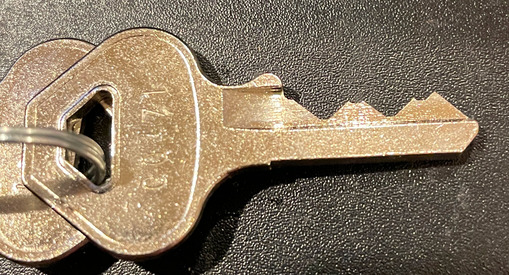
This is a little guy I (again) picked up from my local hardware store. Really nice lock for the price, much better construction than the Master 140 or #3. Four pins with at least two spool pins. The action is very clean, and SPP is a little tricky because of the spools and because, at least with mine, the pin depths are all over the place. Raking’s difficult because of the spool pin and the different pin depths - can’t use anything more severe than a snake without the pick getting stuck in the lock. Spring loaded like the Master #3.
Commando Laminated
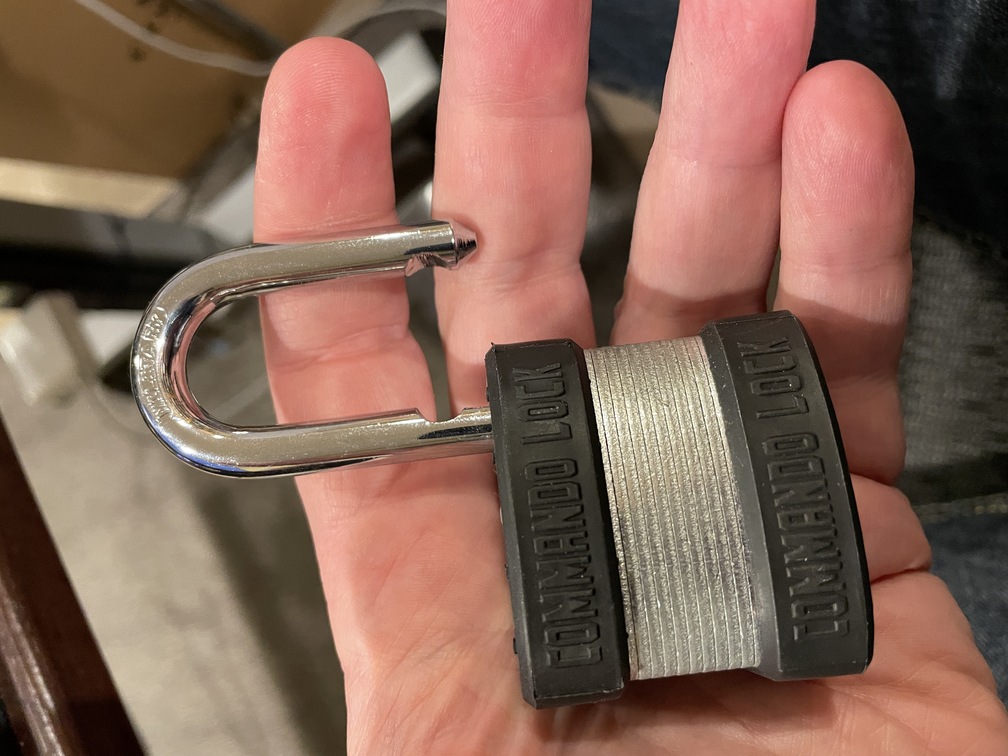
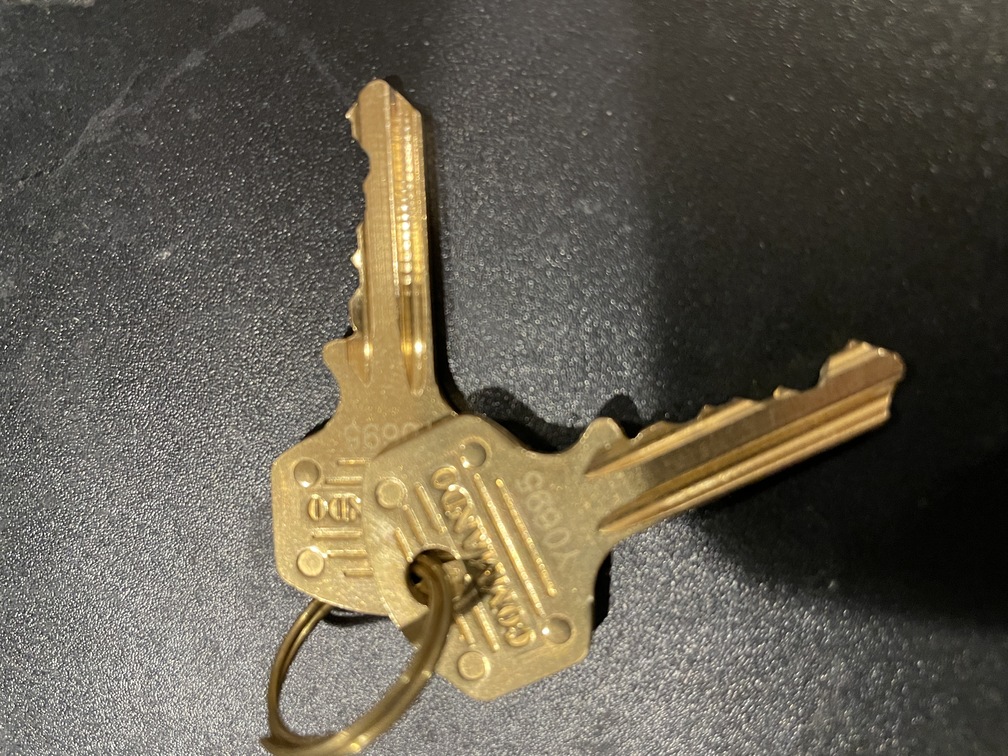
This is such a weird lock - in a good way! Six pins, one spool, but…it just feels different than any other lock I’ve picked. There’s also no spring loading in the cylinder, so when you unlock it, it stays unlocked until you turn the key back. Also, in the unlocked position, the shackle moves freely, but if you lock it without the shackle closed, it locks into the open position. I don’t know, I just find it interesting, a completely different design.
Abus Titalium 80TI/50
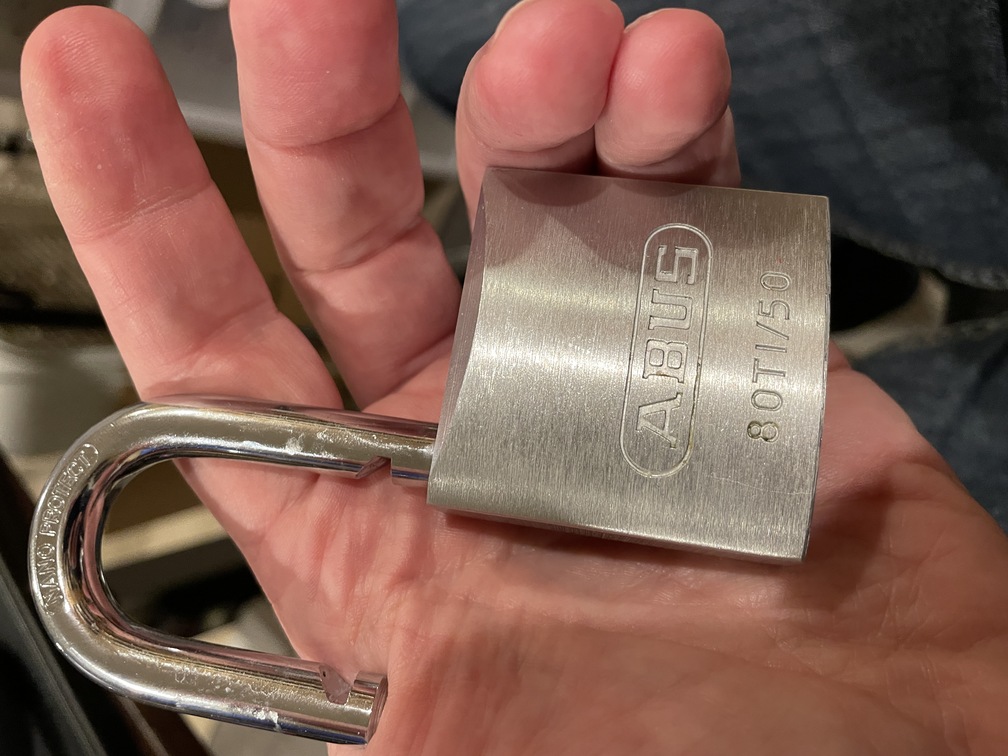
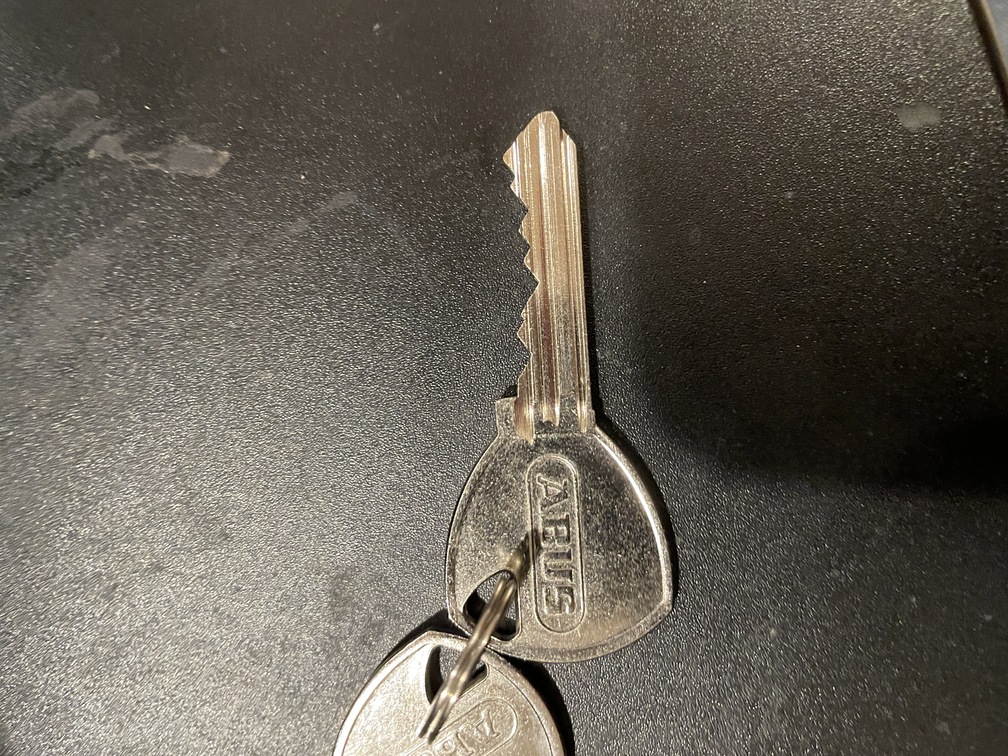
This is an amazing lock. Six pins, couple of spools, so the pins themselves are nothing problematic, but…it’s just engineered so well, and the tolerances are so fine that you have to be very careful, paying attention all the time, to avoid oversetting pins, and to maybe miss a pin and end up in an endless loop of setting one, then another, and the first one drops again. I love this lock, the feel of it as you’re picking it, it really feels like you’re using a well-engineered piece of equipment. Never been able to rake it open.
American Lock 1100
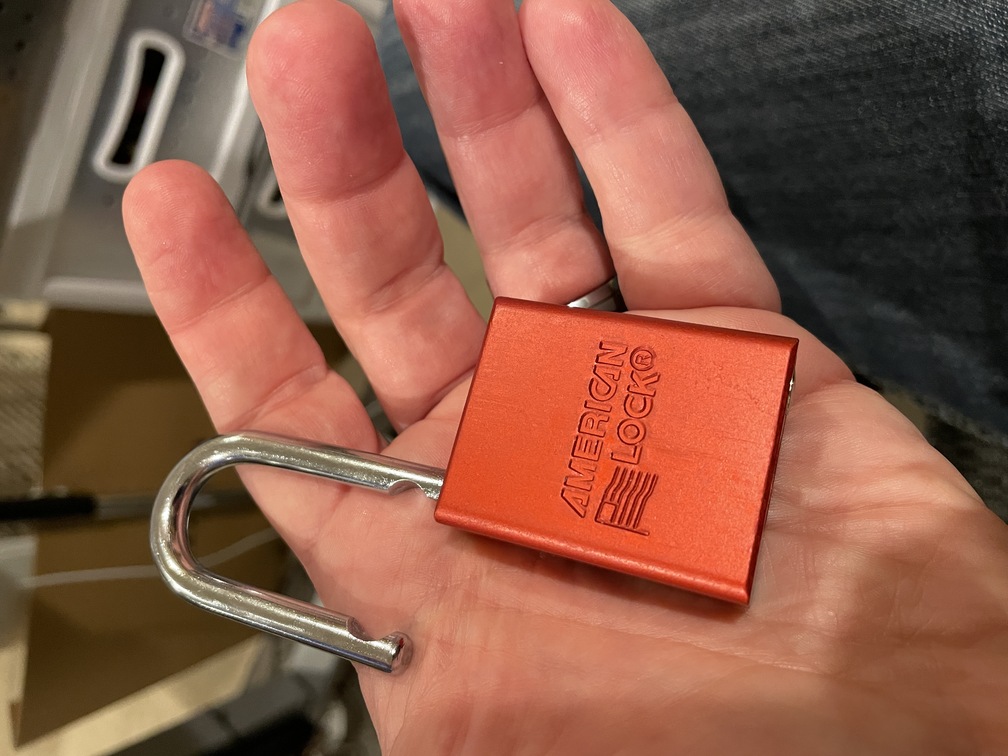
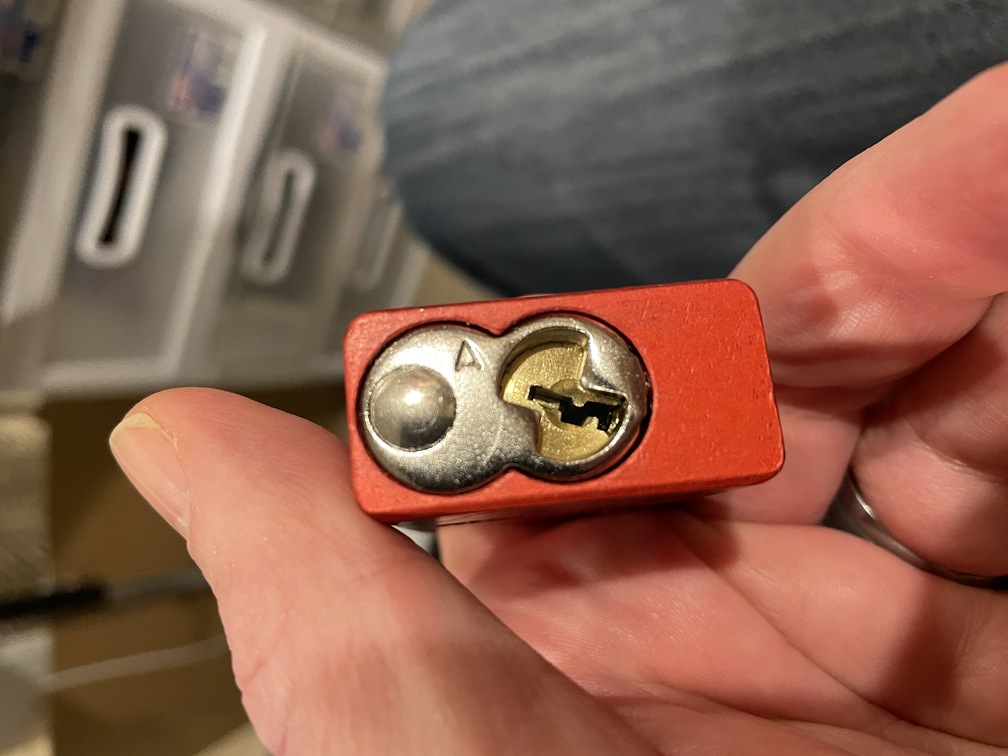
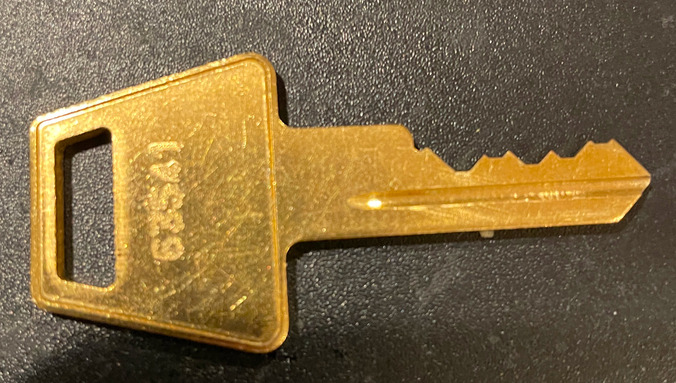
Oh, man, this one’s a bear! Five pins, with four of them heavily serrated, and the fifth one’s a spool to boot! Easier with TOK, since that first pin is low, so getting past it with BOK is tough, but finally worked it out and am able to open it with BOK. I just got this a couple weeks ago, and it takes a lot of very careful work to get it picked. Haven’t even tried raking it yet. Soooo much fun!
The core’s removable, so one of these days I’ll gut it and show the pins. What a monster!
Door Locks
Door locks (with some notable exceptions) tend to be easier than padlocks, probably because picking is somewhat less of a danger (since you can usually get in through another way, e.g. a window). There are exceptions, however - I’ve got a Medeco lock in my drawer that is calling my name, but I’m waiting until I get a better lock vise before I try to scale that particular peak.
In my experience, door locks require a different feel than padlocks. Padlocks tend to have fairly small keyways, and are engieered well. Door locks, on the other hand, tend to have relatively large keyways, and also tend to have not as nice a feel as padlocks, so they require a good bit more attention to see where the pins are actually setting.
Kwikset
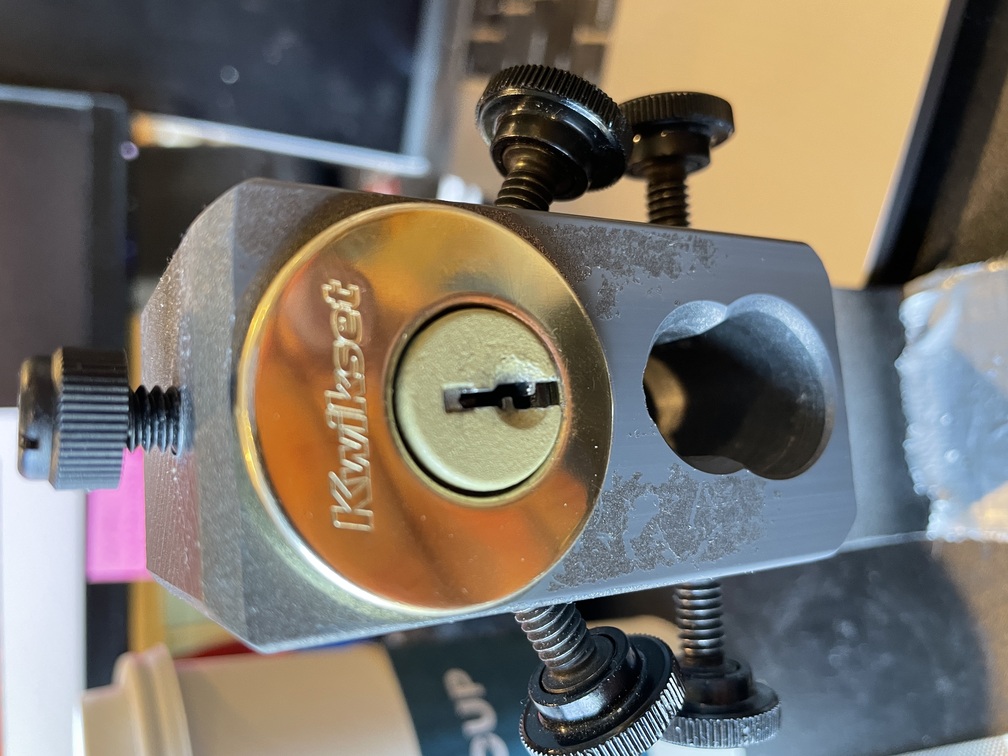
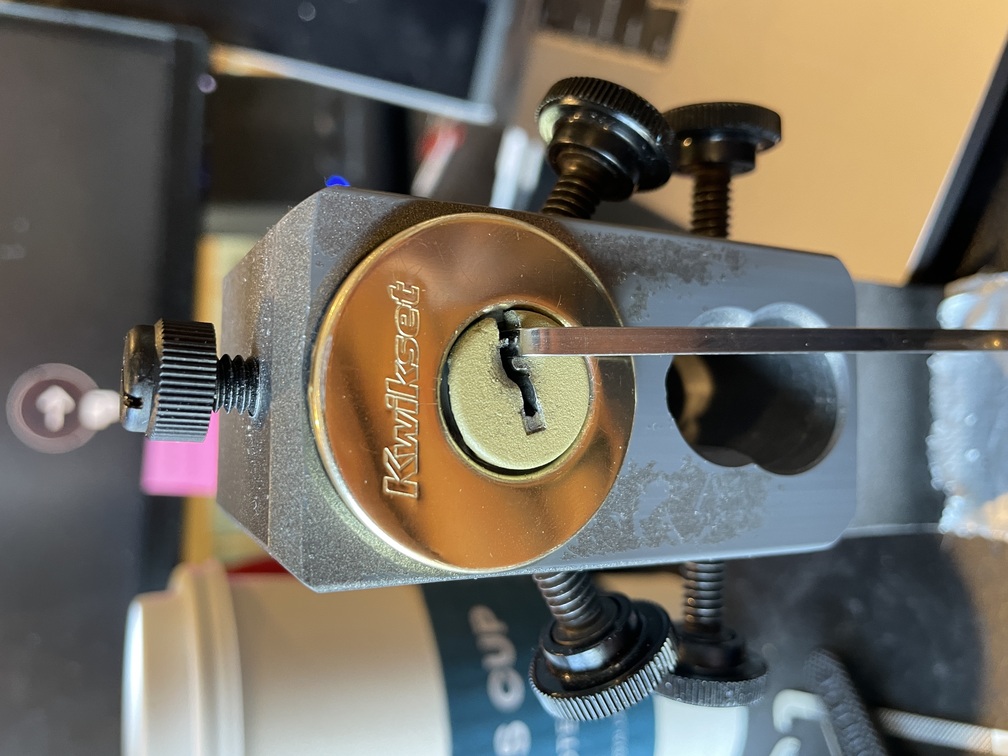
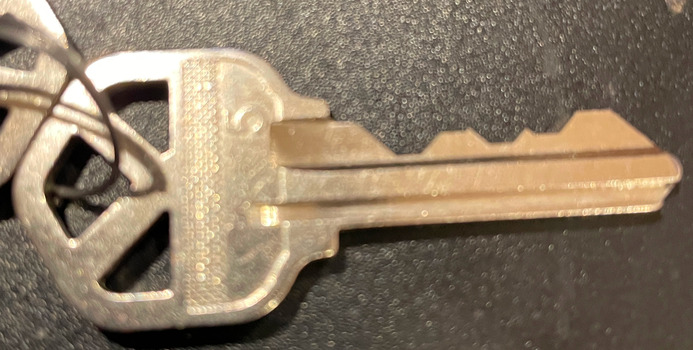
This is a generic Kwikset front door lock. Five pins, a couple of spool pins. It has this sort of “crunchy” feel when I lift, and an actual sort of crunchy sound, which is annoying.
Schlage
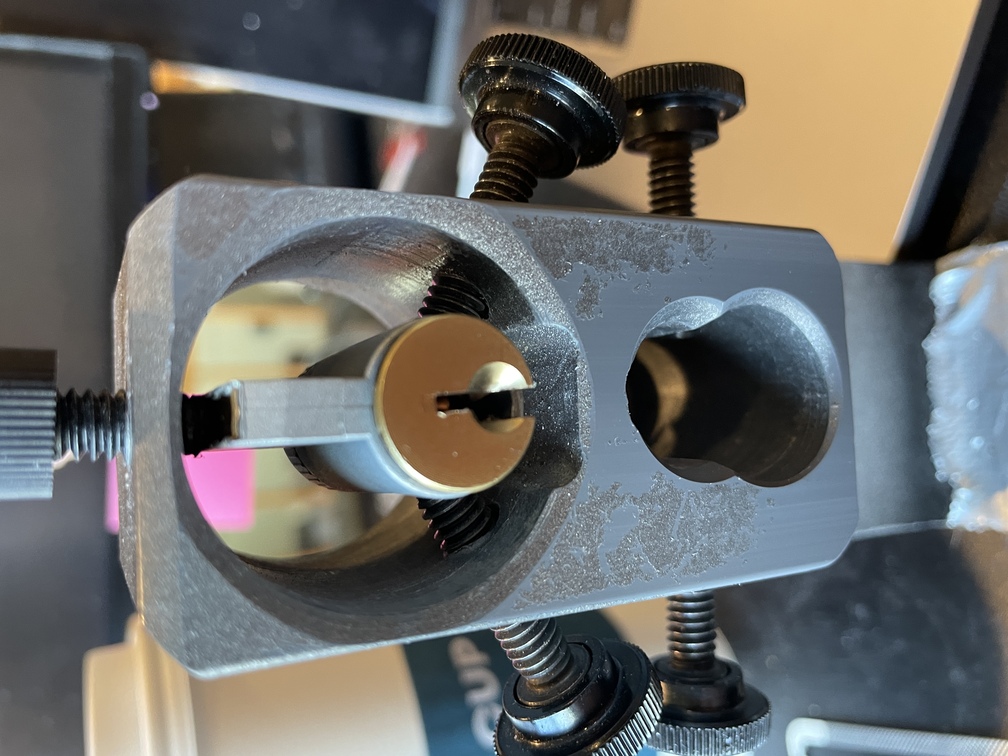
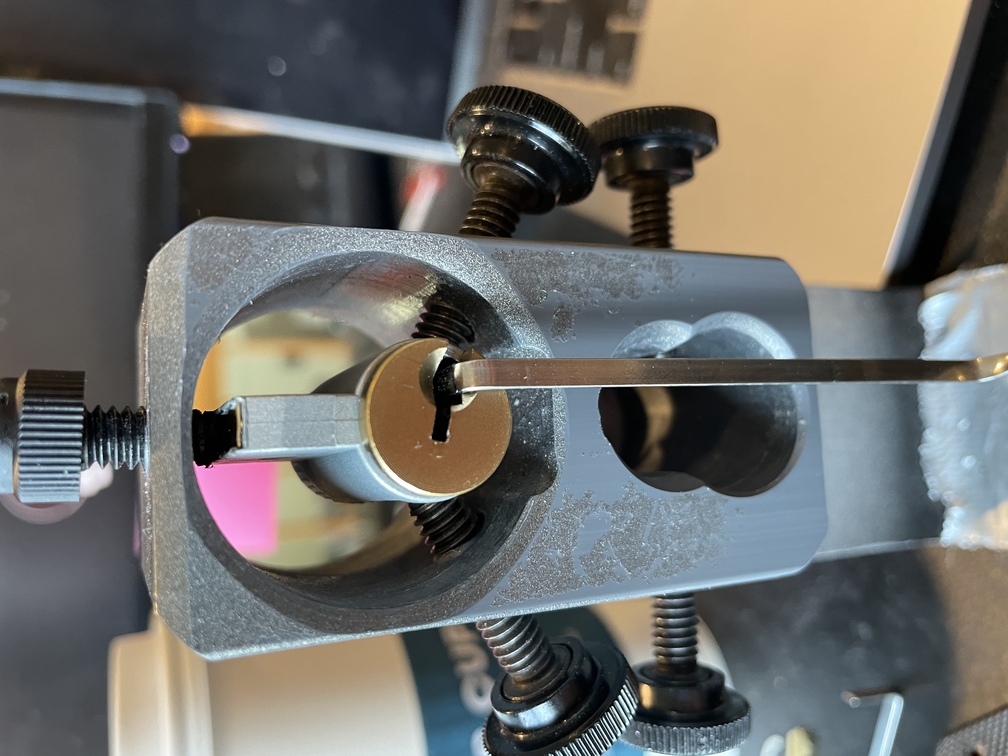
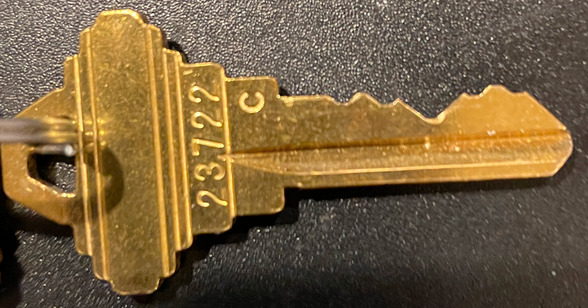
Generic Schlage front door lock. A little nicer and more challenging than the Kwikset. Five pins, a couple of spools, but the action is smoother than the Kwikset. One annoying thing - that extra-high pin at the front of the lock (the rear of the key)? With my little hook 1 pick, sooo easy to slip off the pin because you have to lift it through such a huge angle. Sometimes I switch to a longer hook just to avoid that. Ugh.
